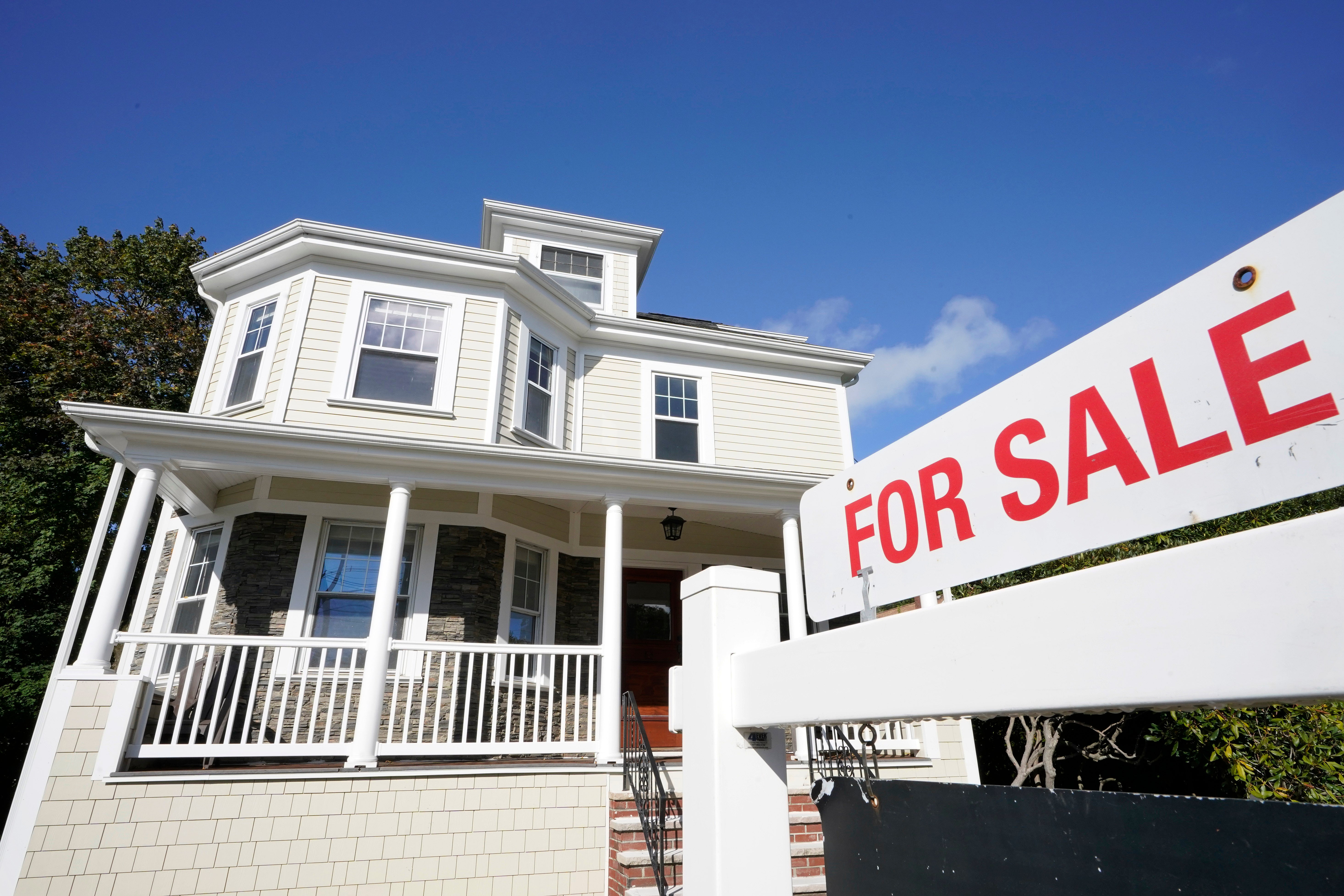Mortgage rates jump again, buyers head to the sideline
Average long-term U.S. mortgage rates jumped back up ahead of next week’s Federal Reserve meeting where it’s expected to announce another increase to its main borrowing rate

Your support helps us to tell the story
From reproductive rights to climate change to Big Tech, The Independent is on the ground when the story is developing. Whether it's investigating the financials of Elon Musk's pro-Trump PAC or producing our latest documentary, 'The A Word', which shines a light on the American women fighting for reproductive rights, we know how important it is to parse out the facts from the messaging.
At such a critical moment in US history, we need reporters on the ground. Your donation allows us to keep sending journalists to speak to both sides of the story.
The Independent is trusted by Americans across the entire political spectrum. And unlike many other quality news outlets, we choose not to lock Americans out of our reporting and analysis with paywalls. We believe quality journalism should be available to everyone, paid for by those who can afford it.
Your support makes all the difference.Average long-term U.S. mortgage rates jumped back up ahead of next week's Federal Reserve meeting where it's expected to announce another increase to its main borrowing rate.
Mortgage buyer Freddie Mac reported Thursday that the 30-year rate jumped to 5.23% this week from 5.09% last week. A year ago at this time, the average rate was 2.96%. Until April, the average rate hadn't exceeded 5% in more than a decade.
The brisk jump in rates, along with a sharp increase in home prices, has been pushing potential homebuyers out of the market.
Mortgage applications decreased 6.5% from one week earlier, the Mortgage Bankers Association reported Wednesday. The group's composite index, a measurement of mortgage loan application volume, is at its lowest level in 22 years. Its refinance index is 75% lower than a year ago.
Last month, the Federal Reserve intensified its fight against the worst inflation in 40 years by raising its benchmark interest rate by a half-percentage point and signaling more big rate hikes to come. The Fed’s move, its most aggressive since 2000, means higher costs for mortgages as well as credit cards, auto loans and other borrowing for individuals and businesses.
Higher borrowing rates appear to be slowing the housing market, an important part of the economy. In April, sales of both existing homes and new homes showed signs of faltering, worsened by sharply higher home prices and a shrunken supply of available properties.
However, some economists expect that the tapering of demand could benefit the more determined home shoppers.
"The material decline in purchase activity, combined with the rising supply of homes for sale, will cause a deceleration in price growth to more normal levels, providing some relief for buyers still interested in purchasing a home," said Freddie Mac's Chief Economist Sam Khater.
Homeownership has become increasingly difficult lately, especially for first-time buyers. Besides staggering inflation, rising mortgage rates and soaring home prices, the supply of homes for sale continues to be scarce.
The average rate on 15-year, fixed-rate mortgages, popular among those refinancing their homes, rose to 4.38% from 4.32% last week.